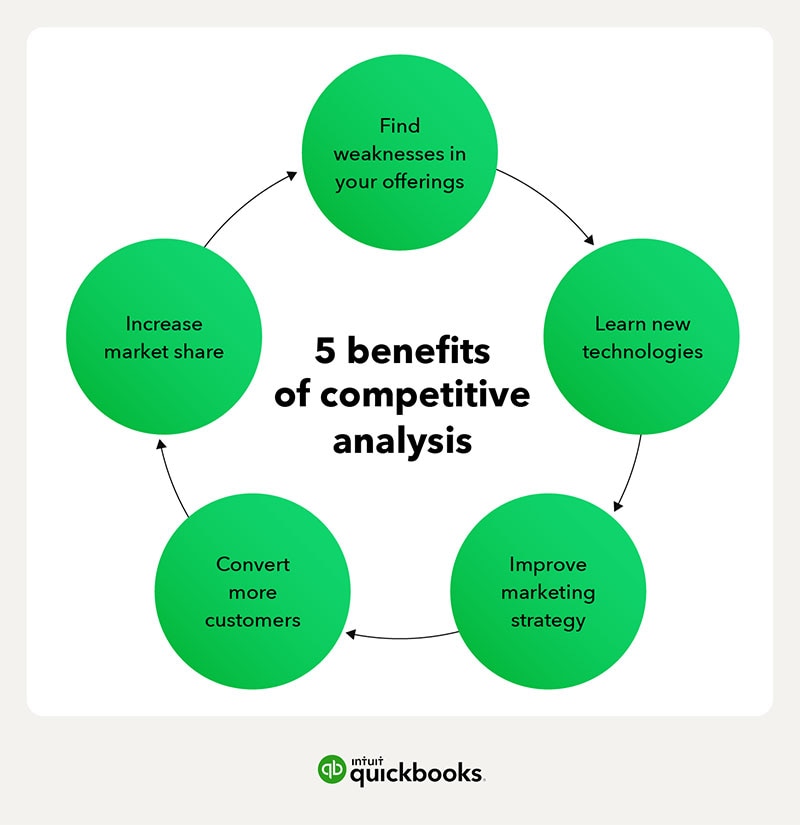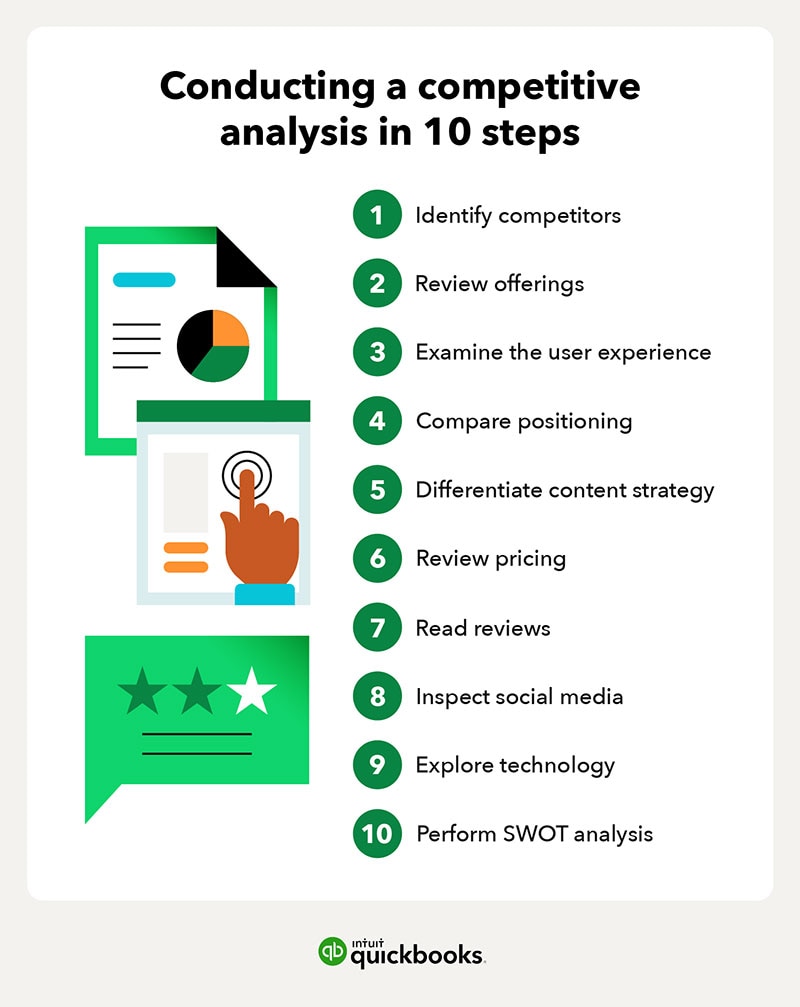5. Differentiate content strategies
It’s important to review your competitors’ blog content and see how yours stacks up. By being able to effectively discuss the industry you’re in, you’re showing your target audience that you are an active participant within your industry and a good source of truth. Furthermore, this allows brands to discuss product and service offerings, which can answer potential customer questions and position you as an authority in the space.
Some things to review when comparing competitor content strategies:
- What is the quantity of blog posts? Do they have only a few posts, or do they have a more robust collection?
- Do they post frequently, or is it once in a while?
- What type of content do they post?
- Is their content accurate?
- Who writes their content?
- Does the content have spelling or grammatical errors?
- Does the content discuss topics in depth? Or is it more high-level?
Implementing a strong content strategy now is a great way to interact with your customers—both existing and potential—in a new way.
6. Review pricing
An excellent way to determine whether your pricing strategy is appropriate for your target audience is to check out the pricing policies of your competition. Find out how much they charge for products or services similar to yours. You can do this manually or by using tools like Price2Spy and Prisync.
Once you have the pricing info, you can review your pricing to determine how they compare. If you find your prices are much higher than your competitors, you can lower your pricing or update your messaging to show why your products are worth the premium rates.
7. Read reviews
Customer reviews are the window into how your target audience feels about your competitors. After all, word-of-mouth referrals can be the most impactful, so it’s important to have potential customers keeping you top-of-mind. Keeping an eye on competitor customer reviews can help you determine how well your competitors are doing business and can lead you to find an opening to outperform them.
By looking at the reviews, you can learn more about what customers expect from businesses in your niche. Reviews will also help identify strategies that sit well with the customers, so you can adopt them in your own business policy. For example, if a competitor’s reviews mention they lack a certain feature, you can promote that feature in your campaigns and messaging to convince customers to switch.
8. Inspect social media
As a small business owner, you’re always on the lookout for ways to increase your audience and audience engagement. Social media provides small businesses with a strong platform from which to expand their reach and engagement beyond their local sector. Even better, it allows business owners to connect with their audience in deeper ways, and even have conversations with them, even if they aren’t local.
While conducting your competitive analysis, be sure to check out your competitors’ social networks. Identify the posts and content their audience most often engages with and look for ways to replicate that content using your own social media presence.
Determine how frequently they post and which posts earn the most likes or comments, and identify the influencers they most often work with. On the flip side, identify the messaging that isn’t playing well with their audience so you can avoid making the same mistakes on your platform. Are your competitors not on social media, or do they only have a small presence? Use this to your advantage and show potential customers why you deserve their business over others.
9. Explore technology
Learn about the marketing technology and tools your competition is using and think about how you can integrate those tools into your business approach. For example, if your competition focuses on search engine optimization (SEO) and keywords for their blog and is getting good engagement, such a strategy might be suitable for you too. Using tech stack tools like BuiltWith, you can find out what tools your competition uses to build their websites and content.
10. Perform a SWOT Analysis
As part of a competitive analysis, performing a SWOT analysis can fine-tune where your competitors are potentially doing better, among other things. A SWOT analysis lists the different strengths, weaknesses, opportunities, and threats of a company. While strengths and weaknesses are looked at as internal factors (or inside the company), opportunities and threats are considered to be external factors (or factors you cannot control).
By using conducting a SWOT analysis, you can identify:
- What are your competitor’s strengths? What are they doing well in terms of products or social media?
- What are your competitor's weaknesses? Where do they seem to be lacking?
- What are your competitor's external opportunities to leverage?
- In what areas would you consider this competitor a threat to your brand?
By using a SWOT analysis, you can easily view different aspects of your competitors, both positive and negative. This information can help you better understand where you can potentially make improvements to outperform them.

















